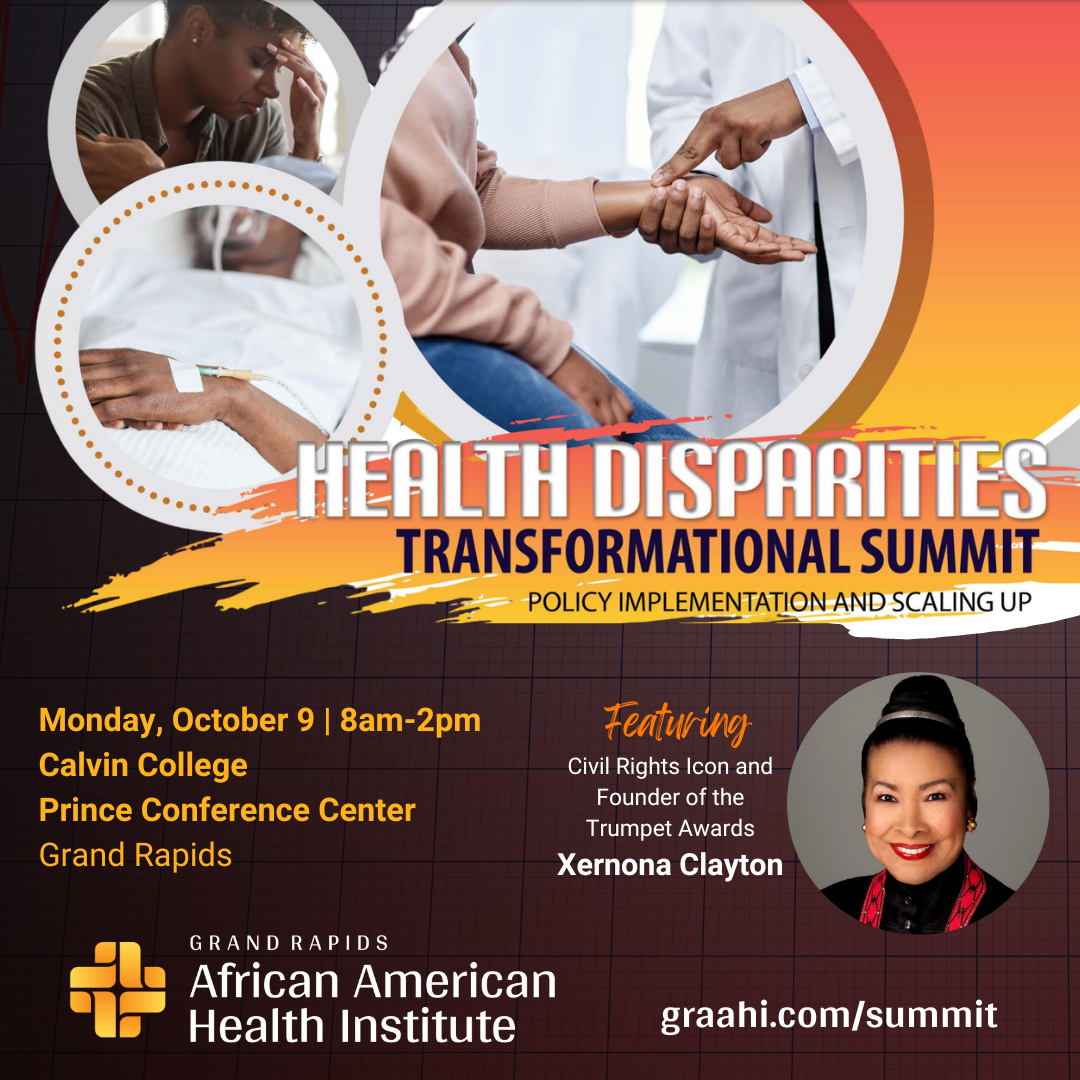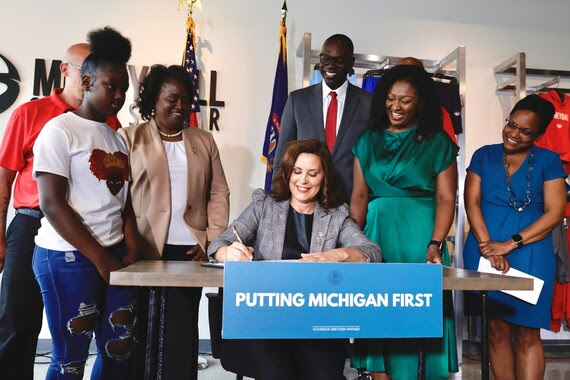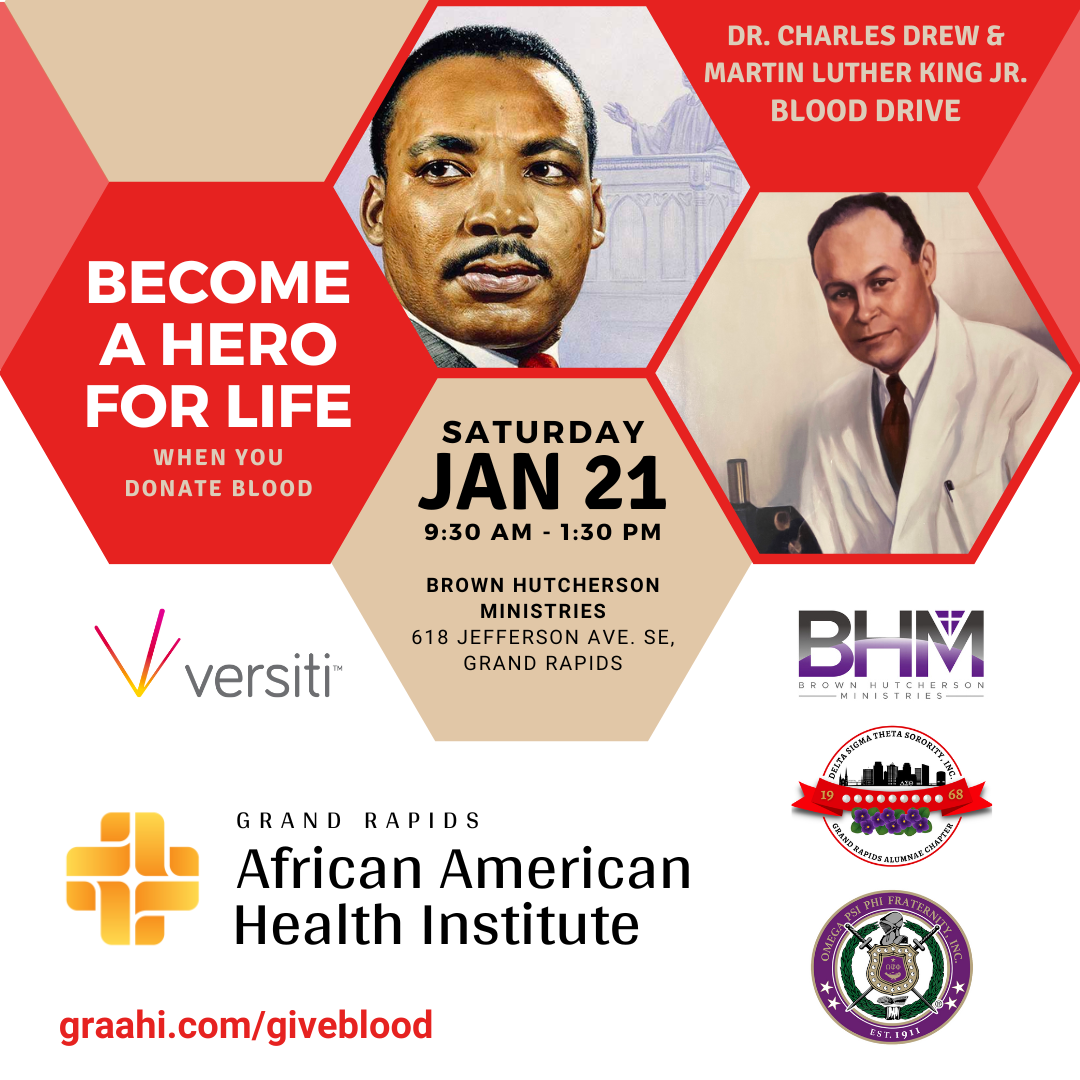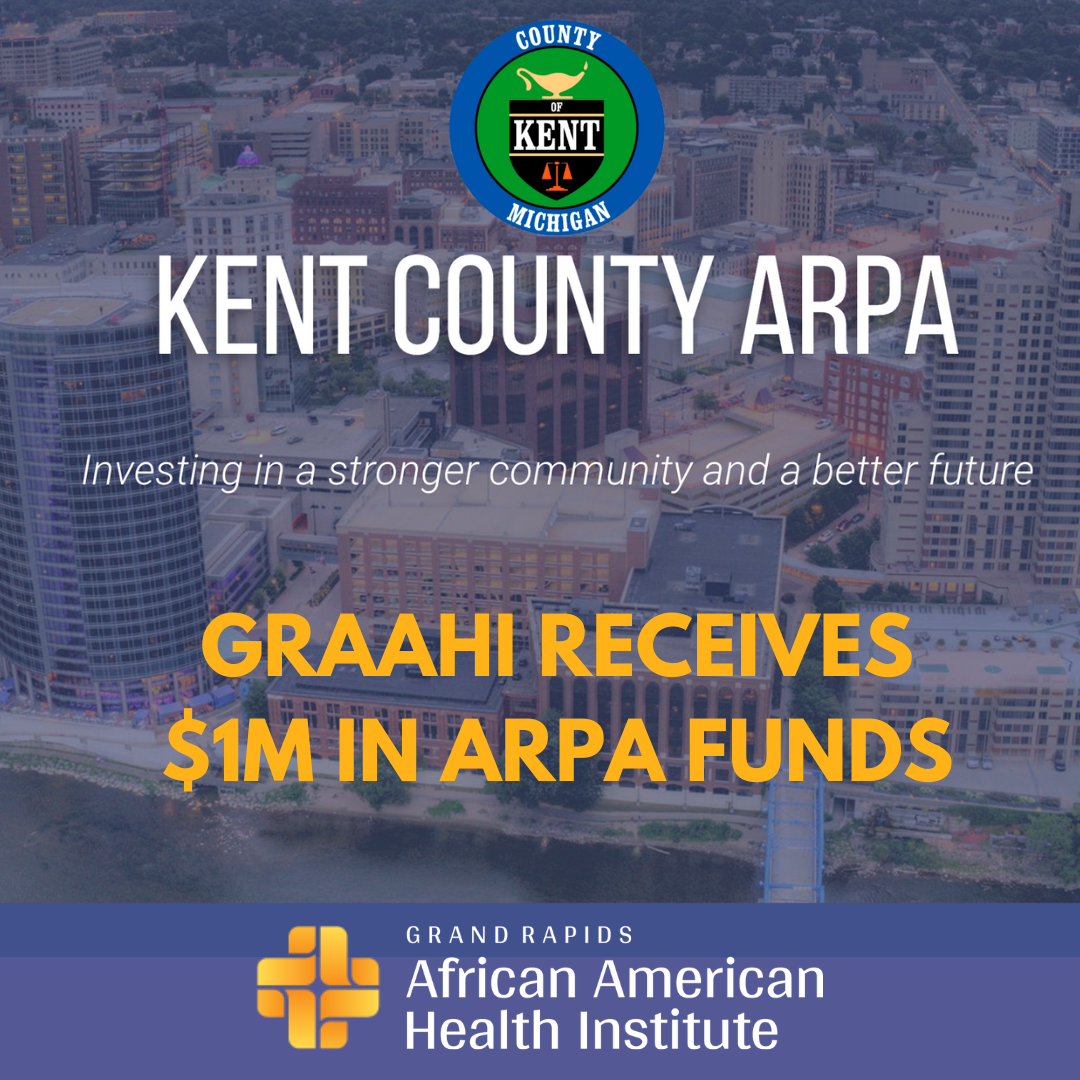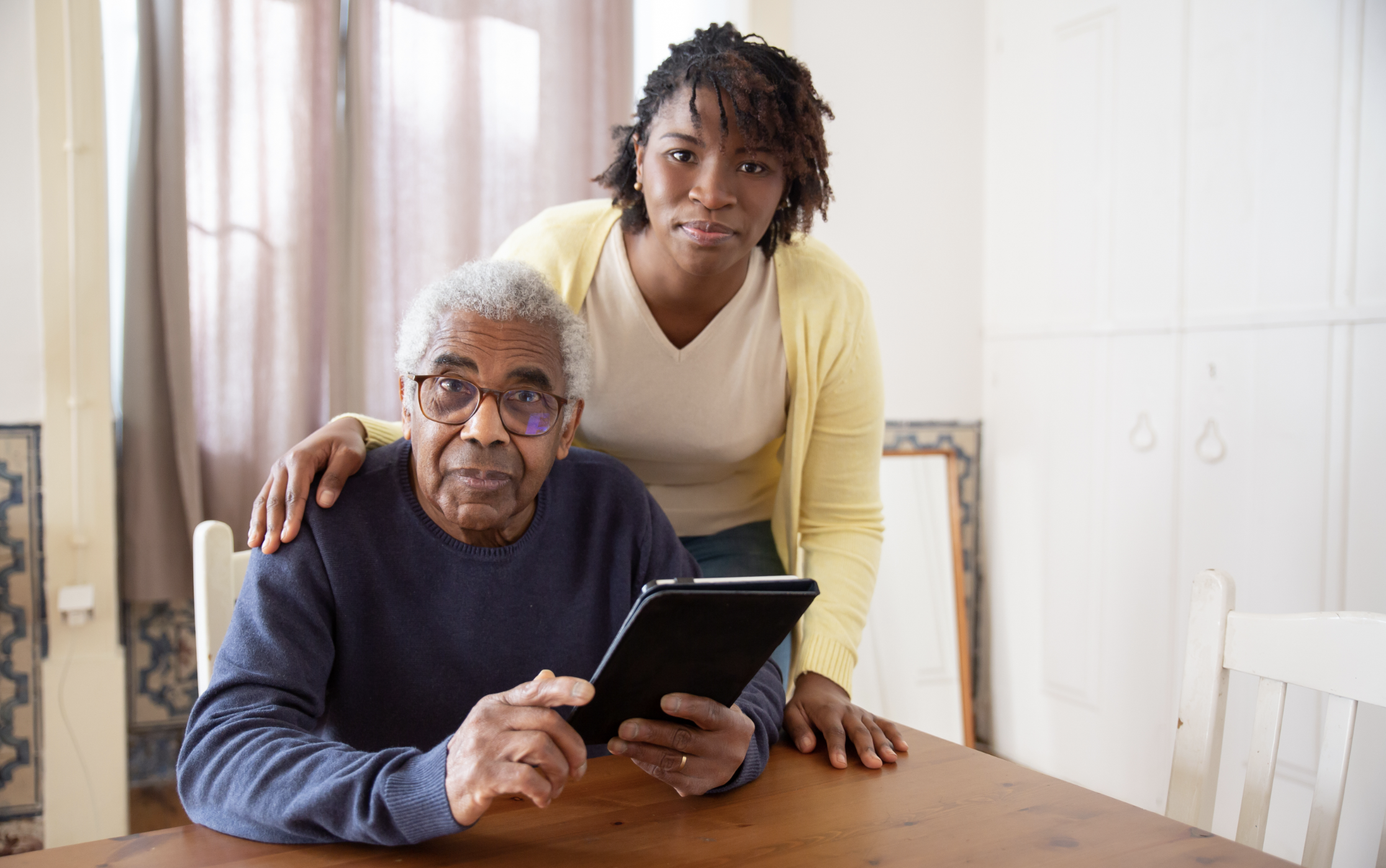“Unleashing the Power of Exercise in the Fight Against Sickle Cell Disease”
The rhythm of African drums pulsating inthe background, the vibrant energy of a Zumba class in full swing, the serene focus of a yoga session, or the simple joy of a brisk walk in the park – exercise, in its many forms, is a celebration of life and vitality.
For African Americans, particularly those living with Sickle Cell Disease (SCD), this celebration takes on a profound significance.
SCD, a genetic blood disorder predominantly affecting individuals of African descent, presents unique challenges
that require tailored approaches to exercise and physical activity. This article delves into the world of exercise regimes suitable for mild, moderate, and severe stages of SCD, explores the physical and mental benefits of these activities, and highlights the cultural preferences and body types of African Americans to suggest exercises that resonate with this vibrant community. So, let’s embark on this journey of wellness, strength, and resilience, and discover how exercise can be a powerful ally in managing SCD.


